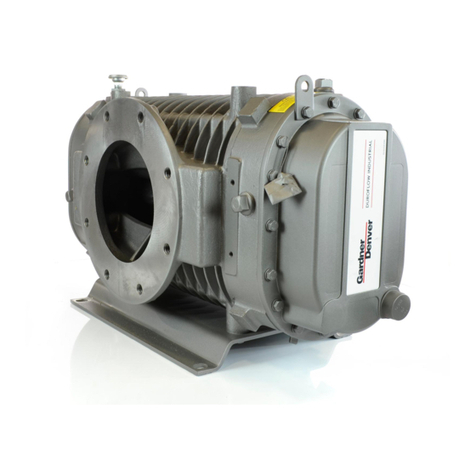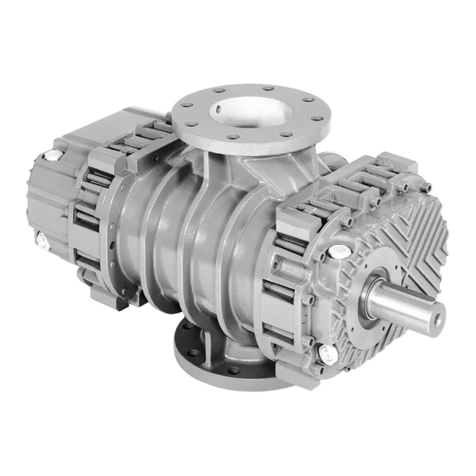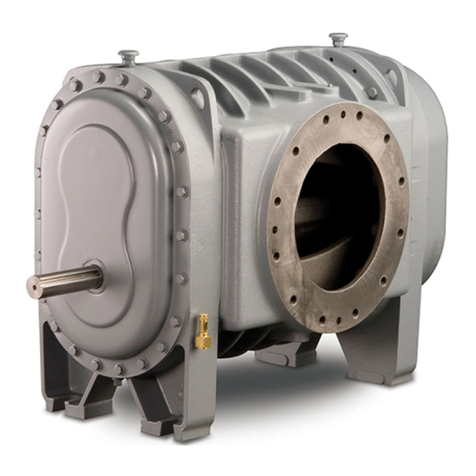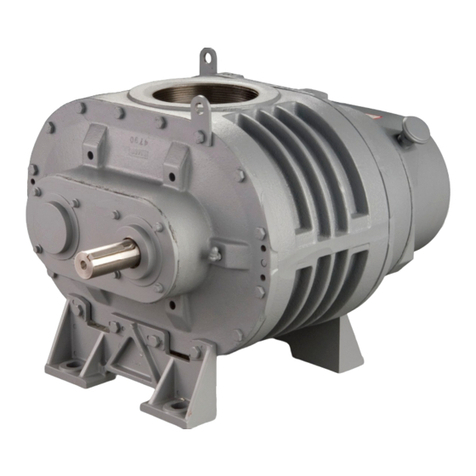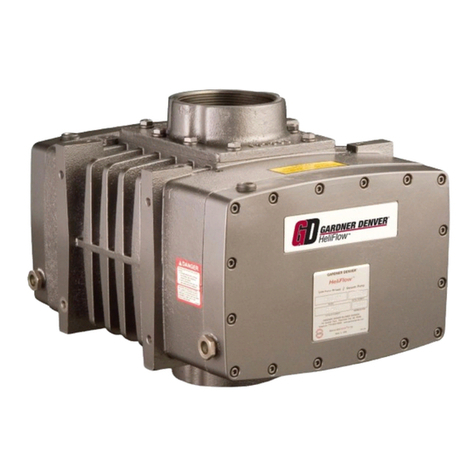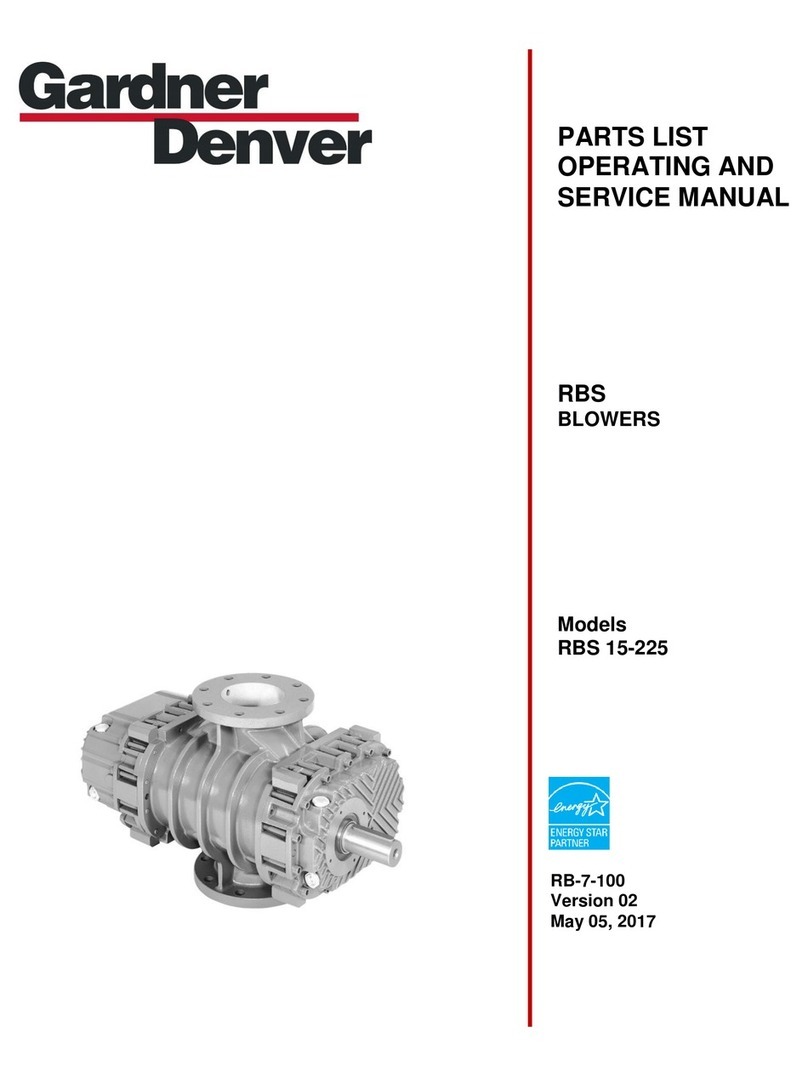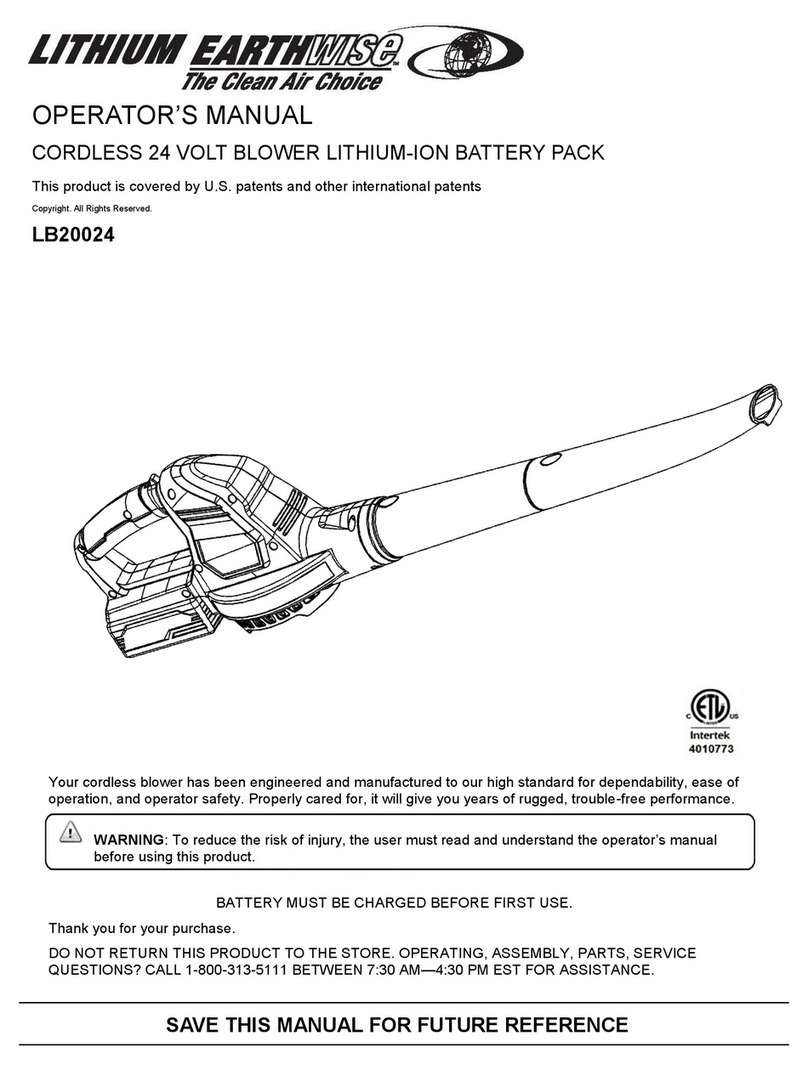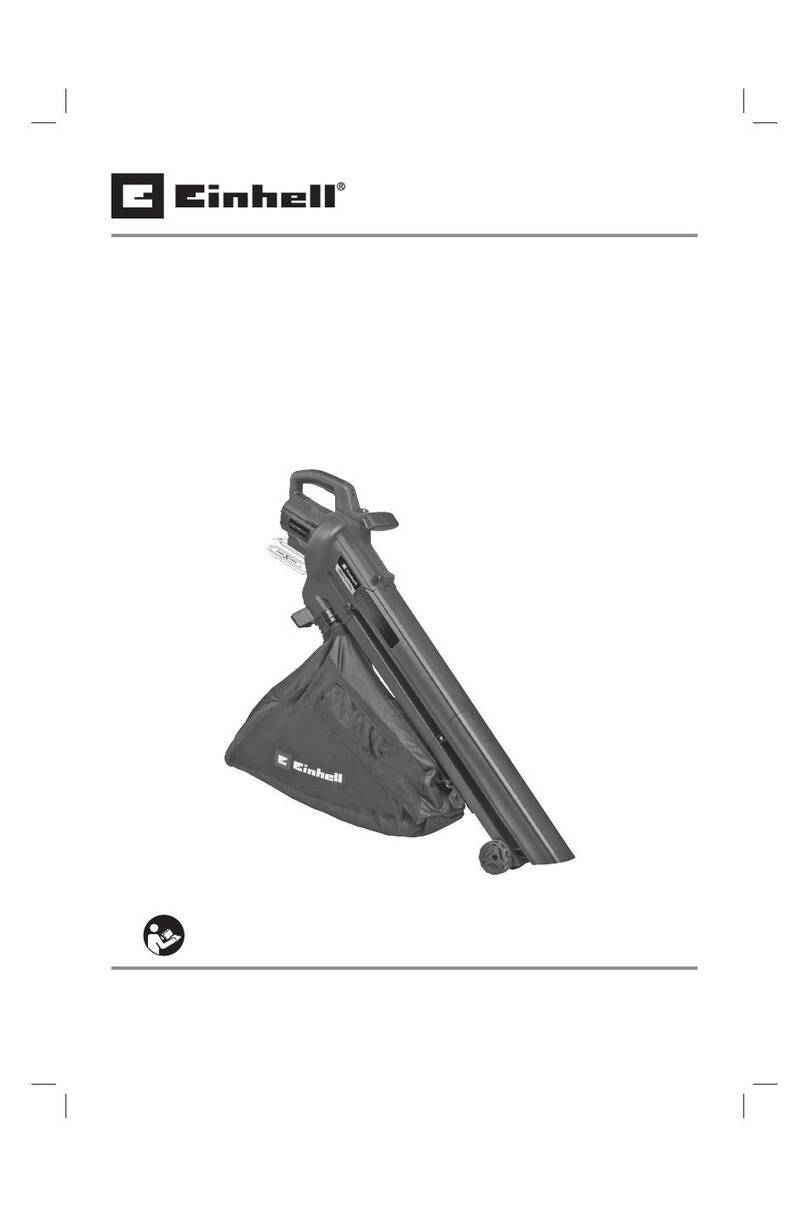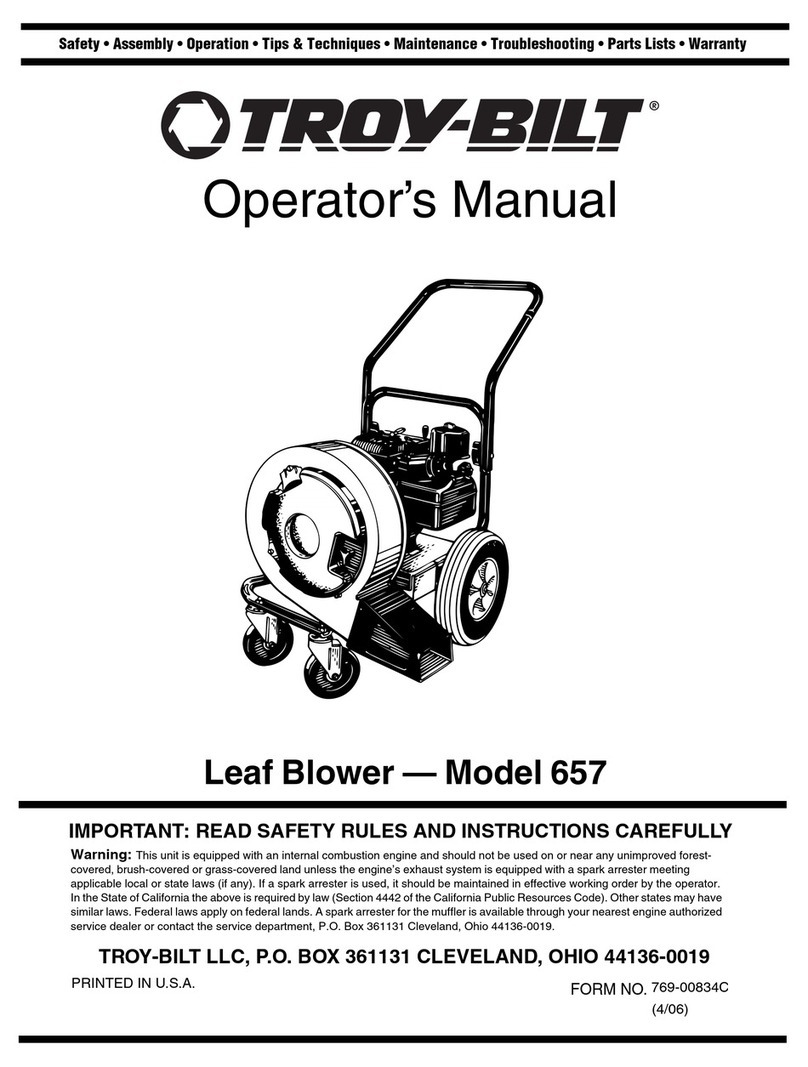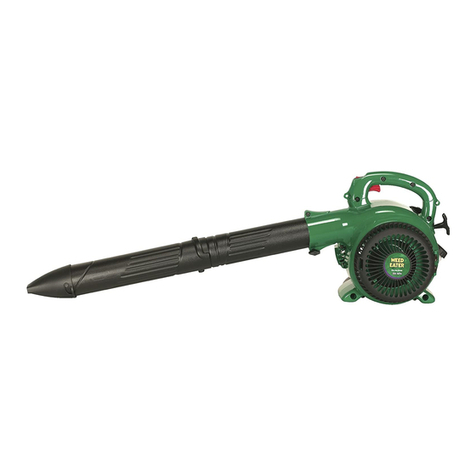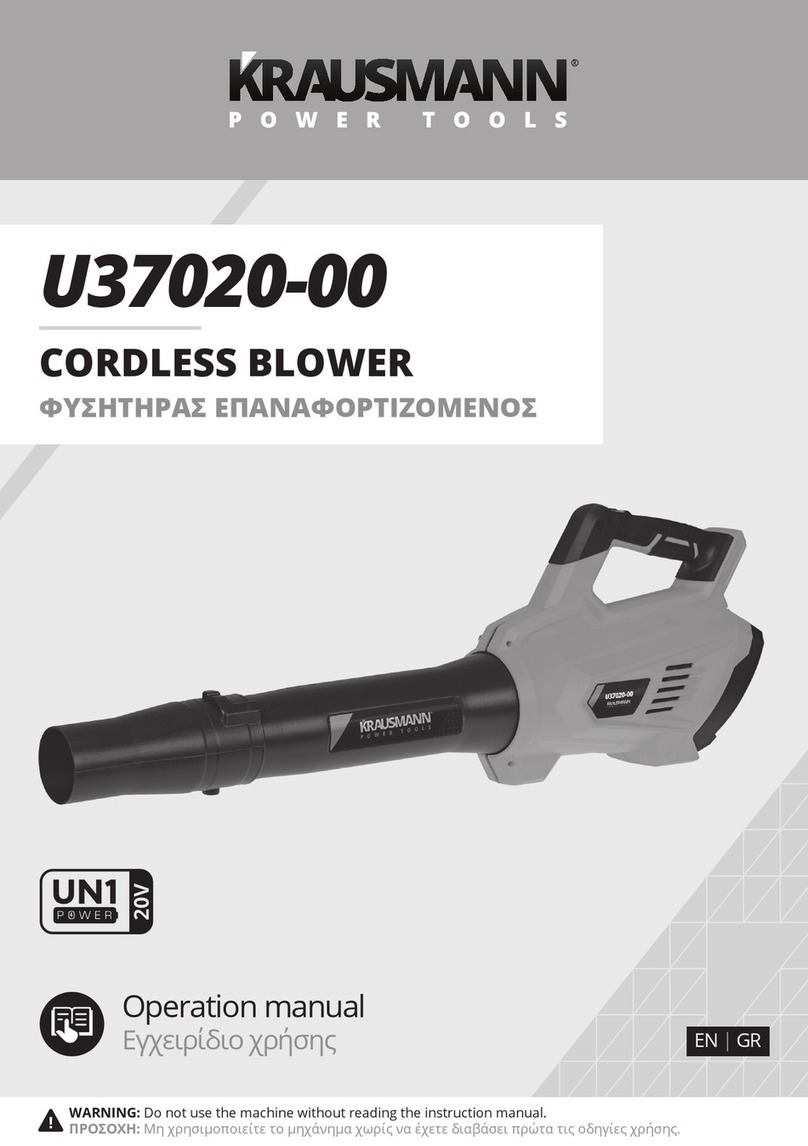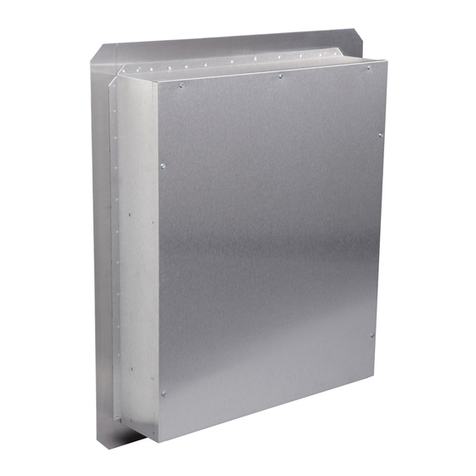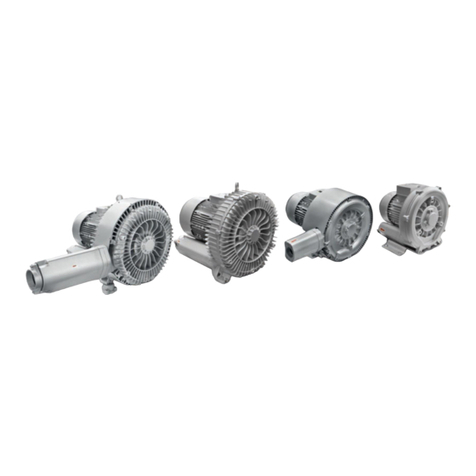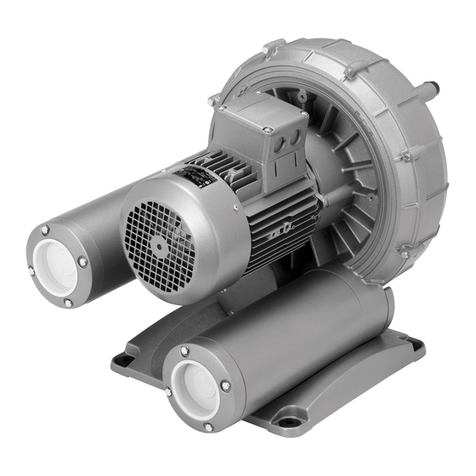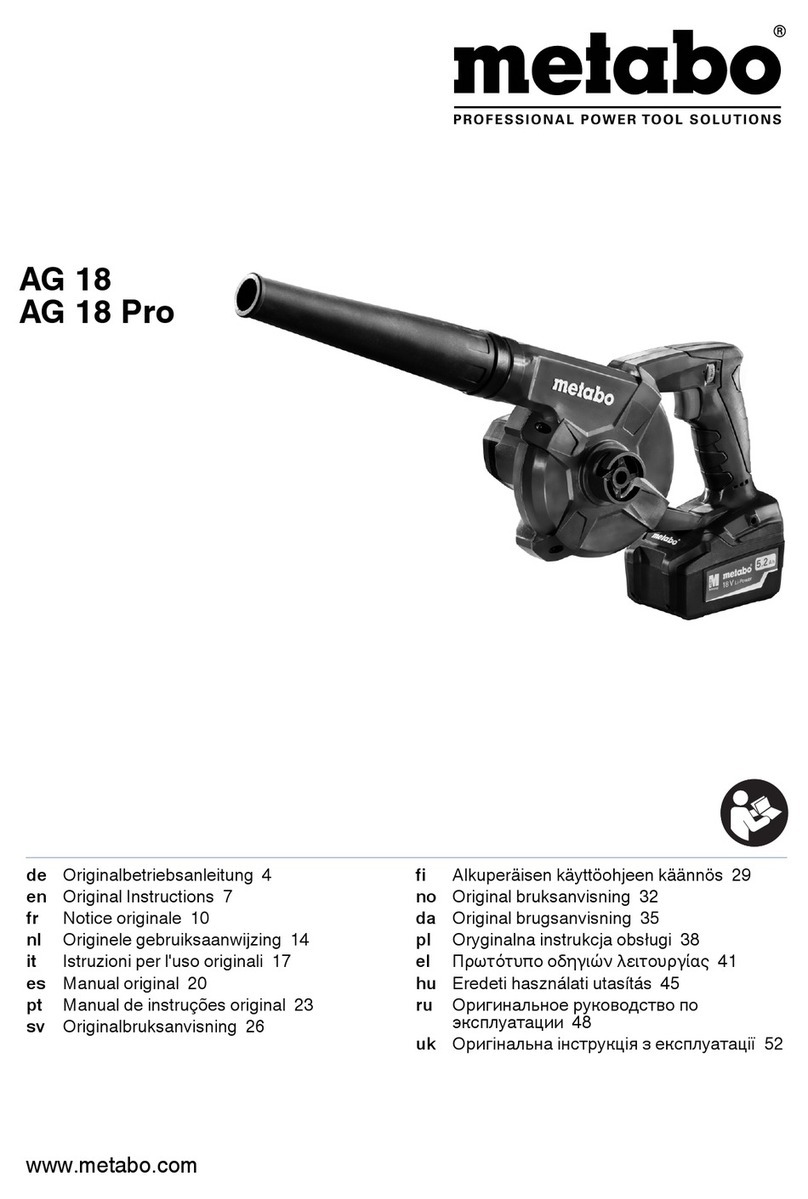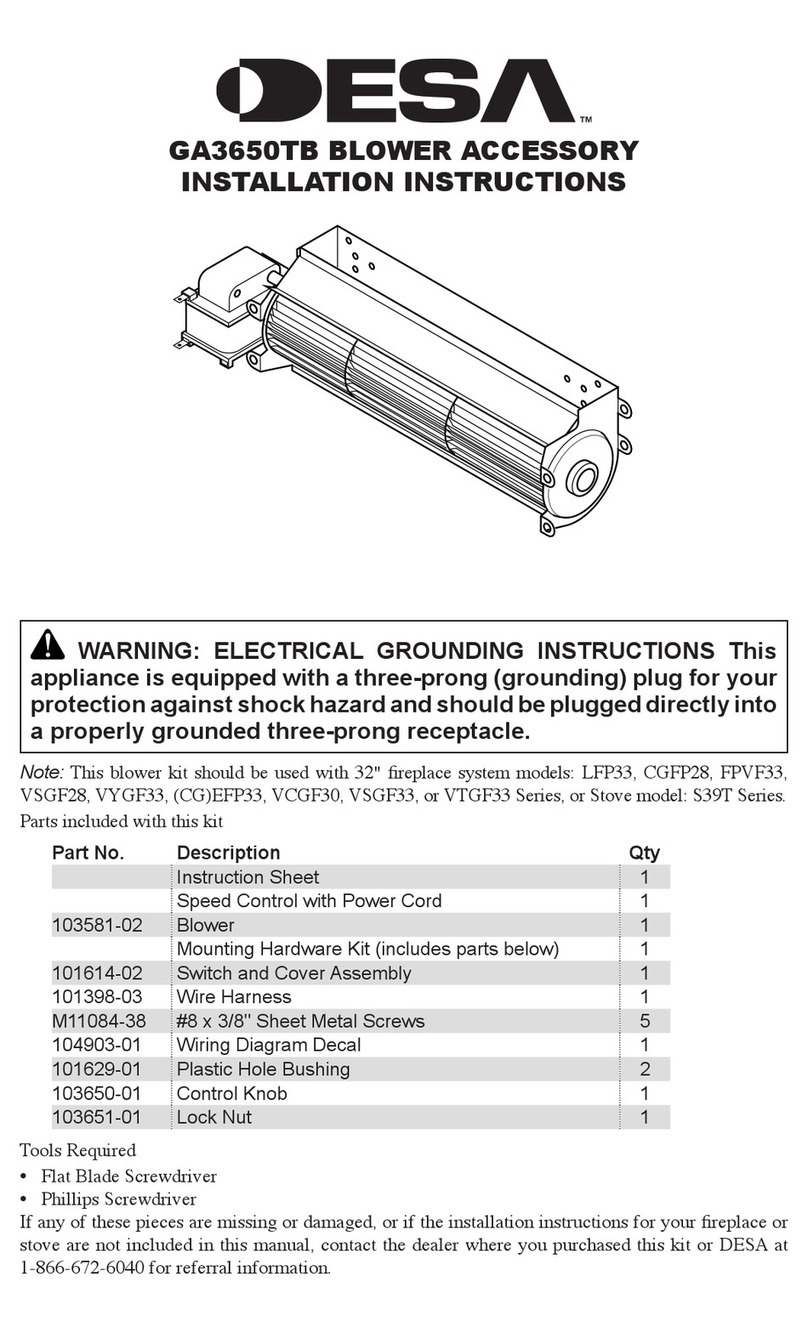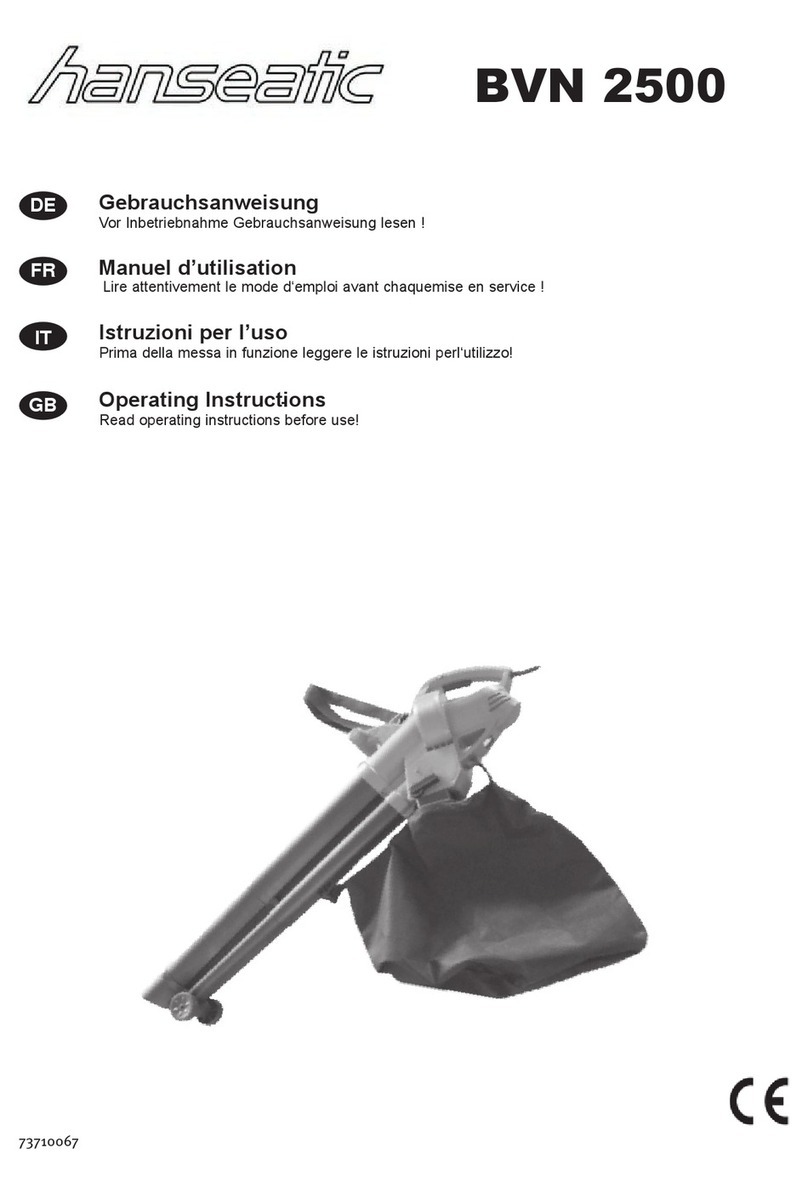
SB-7-622 Page 6
INDEX
Air Filters And Filter Silencers...............................14
Assembly Instructions, Section 7...........................26
Blower Startup Checklist.......................................17
Disassembly Instructions, Section 6......................23
Disassembly Instructions ......................................23
Drive Installation...................................................12
Equipment Check, Section 1
Equipment Check .................................................10
Equipment Check, Section 1.................................10
Filling Procedure...................................................14
Foundations..........................................................11
Gear End Lubrication............................................15
Installation, Section 2
Installaion.............................................................11
Installation, Section 2............................................11
Introduction............................................................ 9
Limitations............................................................16
Location................................................................11
Lubricataion, Section 3 .........................................14
Lubrication Service...............................................14
Lubrication, Section 3
Lubrication........................................................... 14
Mechanical Seals Only................................... 26, 27
Mounting Configurations ...................................... 11
Operation, Section 4
Operation............................................................. 16
Operation, Section 4 ............................................ 16
Parts List, Section 8............................................. 33
Piping .................................................................. 12
Removing Protective Materials............................. 10
Repositioning The Mounting Feet......................... 11
Safety Precautions................................................. 4
Safety Precautions............................................... 18
Section 7
Assembly Instructions.......................................... 26
Special Tools Required Section 5......................... 19
Special Tools Required, Section 5
Special Tools Required........................................ 19
Storage................................................................ 10
Trouble Shooting.................................................. 18
LIST OF ILLUSTRATIONS
Figure 2- 1 –Blower Mounting Configurations.................................................................................................... 11
Figure 2- 2 –Belt Drive Overhung Load Calculations......................................................................................... 13
Figure 4- 1 –Maximum Operating Limitations .................................................................................................... 16
Figure 5- 1 –Puller Plate –SK2154................................................................................................................... 19
Figure 5- 2 –Gear Driven –SK2150.................................................................................................................. 20
Figure 5- 3 –Mechanical Seal Installation Tool –SK2152.................................................................................. 21
Figure 5- 4......................................................................................................................................................... 22
Figure 6- 1......................................................................................................................................................... 23
Figure 6- 2......................................................................................................................................................... 23
Figure 6- 3......................................................................................................................................................... 24
Figure 6- 4......................................................................................................................................................... 24
Figure 6- 5......................................................................................................................................................... 24
Figure 6- 6......................................................................................................................................................... 25
Figure 7- 1......................................................................................................................................................... 26
Figure 7- 2......................................................................................................................................................... 27
Figure 7- 3......................................................................................................................................................... 27
Figure 7- 4......................................................................................................................................................... 28
Figure 7- 5......................................................................................................................................................... 29
Figure 7- 6......................................................................................................................................................... 30
Figure 7- 7 –Torque (Ft-Lbs.)............................................................................................................................ 32
